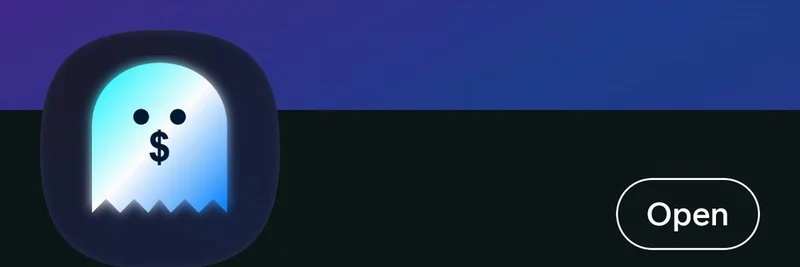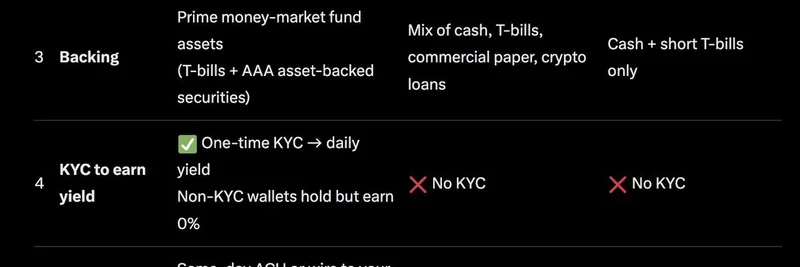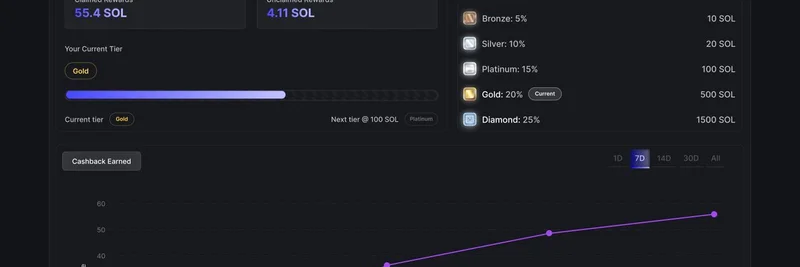Hey there, meme token enthusiasts and blockchain buffs! If you’ve been keeping an eye on the Solana ecosystem, you’ve probably heard the buzz around Anchor—a game-changing framework that’s been a key player in Solana’s rise to fame. A recent tweet from chase 📱 (@therealchaseeb) caught our attention, and it’s got us diving deep into how Anchor, created by Armani Ferrante, helped Solana become the powerhouse it is today. Let’s break it down!
The Tweet That Sparked It All
In the tweet, chase argues that without Anchor, Solana might not have reached the critical mass of app developers it enjoys now. They boldly claim Solana could be “> 10x less successful” without this framework. The reasoning? Anchor acted like a bridge to Rust, a powerful programming language, making it easier for developers to build on Solana. Without that bridge, many might have jumped ship to other blockchain platforms. Pretty bold statement, right? Let’s explore why this might be true.
What Is Anchor, Anyway?
For those new to the crypto scene, Anchor is a framework designed to simplify building programs (or smart contracts) on Solana. Think of Solana as a high-speed highway for blockchain transactions, and Anchor as the easy-to-use toolkit that helps developers navigate it. Built by Armani Ferrante, Anchor reduces the “boilerplate code”—the repetitive stuff that slows down development—making it a favorite for both beginners and pros. According to the Solana Foundation’s GitHub page, it’s the most popular framework for Solana programs, and it’s easy to see why!
The Rust Bridge: A Game-Changer
Rust is a super-efficient programming language known for its speed and security, but it can be tricky to master. Anchor steps in by providing a bridge, using Rust macros to handle the heavy lifting. This means developers can focus on creating innovative apps rather than getting bogged down in complex code. A deep dive from QuillAudits compares writing Solana programs in native Rust to climbing a steep hill—tough but flexible—while Anchor is like riding a bike with training wheels: smoother and more accessible.
Why It Matters for Solana’s Success
Solana’s goal is to be a blockchain for mass adoption, as highlighted on their official site. To achieve that, it needs a thriving community of developers building decentralized apps (dApps). Anchor lowered the entry barrier, attracting talent that might have otherwise chosen Ethereum or other chains. Chase’s tweet suggests this developer influx was crucial, potentially multiplying Solana’s success by tenfold. With verifiable builds and built-in security features, Anchor also ensures these apps are trustworthy—key in the wild world of crypto!
The Man Behind the Magic: Armani Ferrante
Armani Ferrante’s creation of Anchor deserves a shoutout. By crafting a tool that aligns with Solana’s high-performance vision, he’s helped shape the ecosystem’s growth. His work bridges technical expertise with practical usability, proving that innovation in crypto often comes from solving real developer pain points.
What This Means for Meme Tokens and Beyond
At Meme Insider, we’re all about tracking trends that impact the meme token space and broader blockchain world. As Solana hosts popular meme coins, the platform’s developer-friendly environment—thanks to Anchor—could fuel more creative projects. Whether you’re a developer or just a fan, understanding tools like Anchor gives you an edge in this fast-evolving landscape.
Final Thoughts
Chase’s tweet isn’t just a hot take—it’s a reminder of how technical innovations like Anchor can shape a blockchain’s destiny. By bridging Rust to Solana, Armani Ferrante’s framework has arguably been a linchpin in its success. What do you think? Has Anchor changed the game for you or your favorite projects? Drop your thoughts in the comments, and stay tuned to Meme Insider for more blockchain insights!



